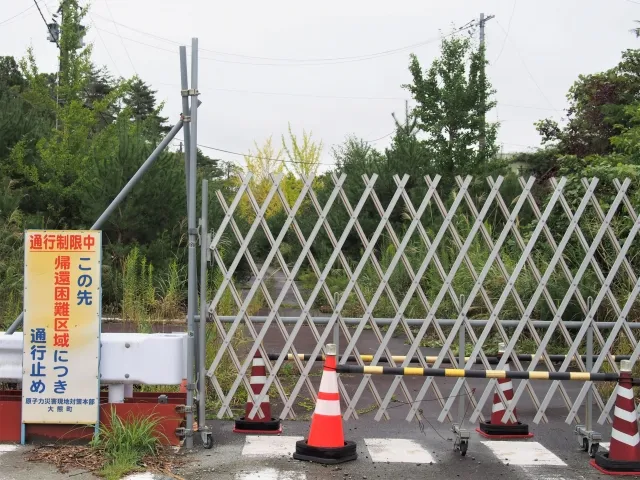November 12, 2023
Fukushima Daiichi Nuclear Disaster
Fukushima Daiichi Nuclear Disaster: A Comprehensive Overview of the Worst Nuclear Accident Since Chernobyl
Learn about the Fukushima Daiichi nuclear disaster, the worst nuclear accident since Chernobyl, in this comprehensive blog overview. Gain insight into the series of accidents that occurred at the Fukushima Daiichi Nuclear Power Plant in Japan after a devastating earthquake and tsunami in 2011. Operated by TEPCO, this disaster is still considered one of the most significant nuclear incidents in history.
In this article, we will provide you with an informative overview of this significant accident about Fukushima Daiichi Nuclear Plant.
Summary
The Fukushima Daiichi nuclear disaster was a major incident resulting from an earthquake and tsunami in Japan in 2011. It led to power and cooling system failures in multiple reactors, causing the release of radioactive materials. The immediate consequences included evacuations, and the long-term impact involved health risks and environmental contamination. The disaster prompted a reevaluation of safety measures in the nuclear power industry.
Background
The Fukushima Daiichi nuclear disaster refers to the series of nuclear accidents that occurred in March 2011, following a devastating earthquake and tsunami in Japan. The disaster took place at the Fukushima Daiichi Nuclear Power Plant, operated by the Tokyo Electric Power Company (TEPCO). It is considered the worst nuclear disaster since the Chernobyl disaster in 1986.
Causes
The disaster was triggered by a powerful 9.0 magnitude earthquake on March 11, 2011, which was followed by a massive tsunami. The tsunami, with waves reaching up to 40 meters (11 feet) high, inundated the Fukushima Daiichi Nuclear Power Plant complex, leading to power failure and subsequent cooling system failures in three of the plants nuclear reactors.
Consequences
The Fukushima Daiichi nuclear disaster resulted in several immediate and long-term consequences. The immediate impact included the release of radioactive materials into the environment, leading to the evacuation of thousands of residents within a 0-kilometer (18.6-mile) radius of the plant. The long-term consequences encompass health risks, environmental contamination, and increased scrutiny of nuclear power safety worldwide.
Water Release
August 24, 2023, TEPCO, currently the majority of its shares are owned by its government, in other words, Japan decided to release the treated redioactive water into the ocean by using the under sea pipes 1km off the shore. Putting its diplomatic impact aside, domestically there's been various types of improper communication between TEPCO and the people at Fukushima especially its fishery workers.
Subjectively speaking, TEPCO didn't explain to the people because of its scientifically complex structure of the nuclear power plant and how it went the extremely dangerous state. The complex physics such as nuclear fission, uranium dioxide, plutonium, and the list goes on, is a tough subject to understand comprehensively, if you are not a Dr. of physics. For that sence, the people do not have the high level physics knowledge. That leads to the dicoupling between two parties.
Lessons Learned
The Fukushima Daiichi nuclear disaster highlighted the importance of robust safety measures and preparedness in the nuclear power industry. It led to increased awareness of the vulnerabilities of nuclear power plants to natural disasters and encouraged governments and organizations worldwide to reassess their safety regulations and emergency response plans.
Conclusion
The Fukushima Daiichi nuclear disaster was a significant event that had a profound impact on Japan and the global nuclear power industry. It serves as a reminder of the importance of prioritizing safety and preparedness in all aspects of nuclear energy. Efforts continue to mitigate the consequences of the disaster and prevent similar incidents in the future.


